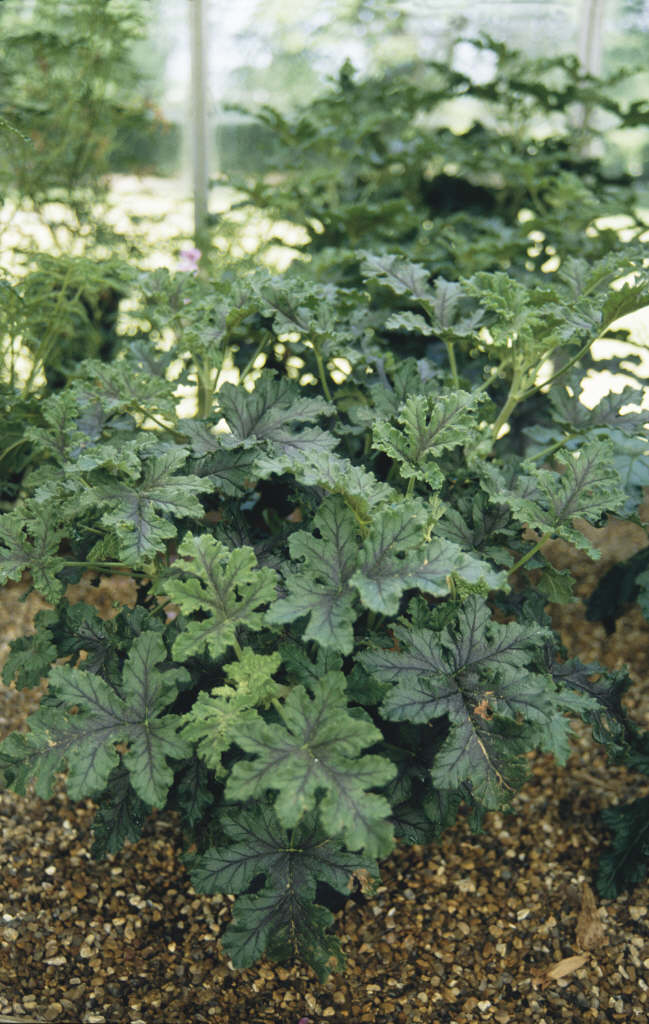Size
Ultimate height
0.1ŌĆō0.5 metresTime to ultimate height
2ŌĆō5 yearsUltimate spread
0.1ŌĆō0.5 metresGrowing conditions
Moisture
░┬▒▒¶▒¶ŌĆōd░∙▓╣Š▒▓į▒╗ÕpH
Alkaline, NeutralColour & scent
| Stem | Flower | Foliage | Fruit | |
| Spring | Green Purple | |||
|---|---|---|---|---|
| Summer | Purple | Green Purple | ||
| Autumn | Green Purple | |||
| Winter | Green Purple |
Position
- Full sun
Aspect
EastŌĆōfacing or SouthŌĆōfacing or ░┬▒▓§│┘ŌĆōf▓╣│”Š▒▓į▓Ą
Exposure
Sheltered Hardiness
H1CBotanical details
- Family
- Geraniaceae
- Native to GB / Ireland
- No
- Foliage
- Evergreen
- Habit
- Bushy
- Genus
Pelargonium can be perennials, sub-shrubs or shrubs, sometimes succulent and mostly evergreen, with palmately lobed or pinnately divided leaves and clusters of slightly irregular, 5-petalled flowers
- Name status
Accepted
- Horticultural Group
- Scented-leaved pelargoniums are evergreen shrubs or perennials with strongly aromatic foliage and small, single flowers in shades of pink, purple or white
How to grow
Cultivation
Under glass, grow in a peat-free potting compost in full light with shade from hot sun with good ventilation. When in growth water moderately and apply a balanced liquid fertiliser in spring and early summer. A high potash fertiliser should be used when in flower. Water sparingly in winter. Can be grown outside in frost-free areas in a fertile soil. See Pelargonium cultivation for further advice
Propagation
Propagate by softwood cuttings in spring, late summer or early autumn
Suggested planting locations and garden types
- City and courtyard gardens
- Coastal
- Cottage and informal garden
- Patio and container plants
- Flower borders and beds
Pruning
Deadhead regularly
Pests
Susceptible to vine weevil, caterpillars and thrips
Diseases
May be susceptible to grey moulds when grown under glass
911▒¼┴Ž
911▒¼┴Ž is the UKŌĆÖs leading gardening charity. We aim to enrich everyoneŌĆÖs life through plants, and make the UK a greener and more beautiful place.
